Arugula oil is a plant-based oil extracted from arugula seeds, and it is rich in vitamins and minerals such as vitamins A, C, and K, as well as essential fatty acids. Arugula oil is widely used in skincare and hair care due to its numerous benefits.
Benefits of Arugula Oil for Skin:
- Anti-aging: Contains powerful antioxidants that help reduce wrinkles and fine lines.
- Skin Brightening: Helps even out skin tone and reduces dark spots and pigmentation.
- Moisturizing: Helps hydrate dry skin, leaving it soft and elastic.
- Acne Treatment: Thanks to its antibacterial properties, it can help treat acne and skin irritation.
Benefits of Arugula Oil for Hair:
- Stimulates Hair Growth: Arugula oil contains compounds that promote blood circulation in the scalp, helping to stimulate hair growth.
- Strengthens Hair: Helps strengthen hair follicles and reduce hair loss.
- Moisturizes Hair: Works to hydrate dry hair, giving it a healthy and shiny appearance.
- Dandruff Treatment: Can help reduce dandruff and improve scalp health.
Arugula oil is a versatile oil that helps improve the health of both skin and hair due to its nourishing and antioxidant properties.
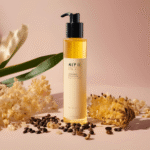



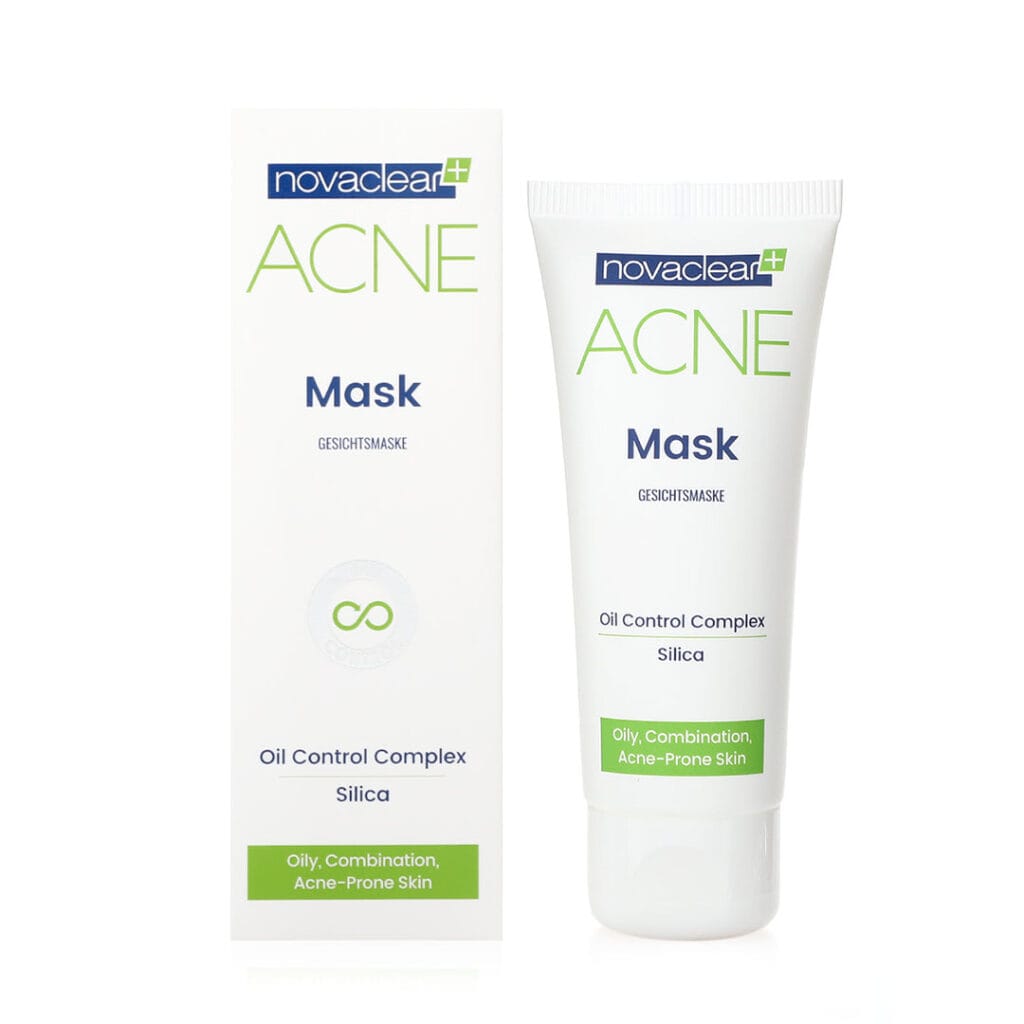








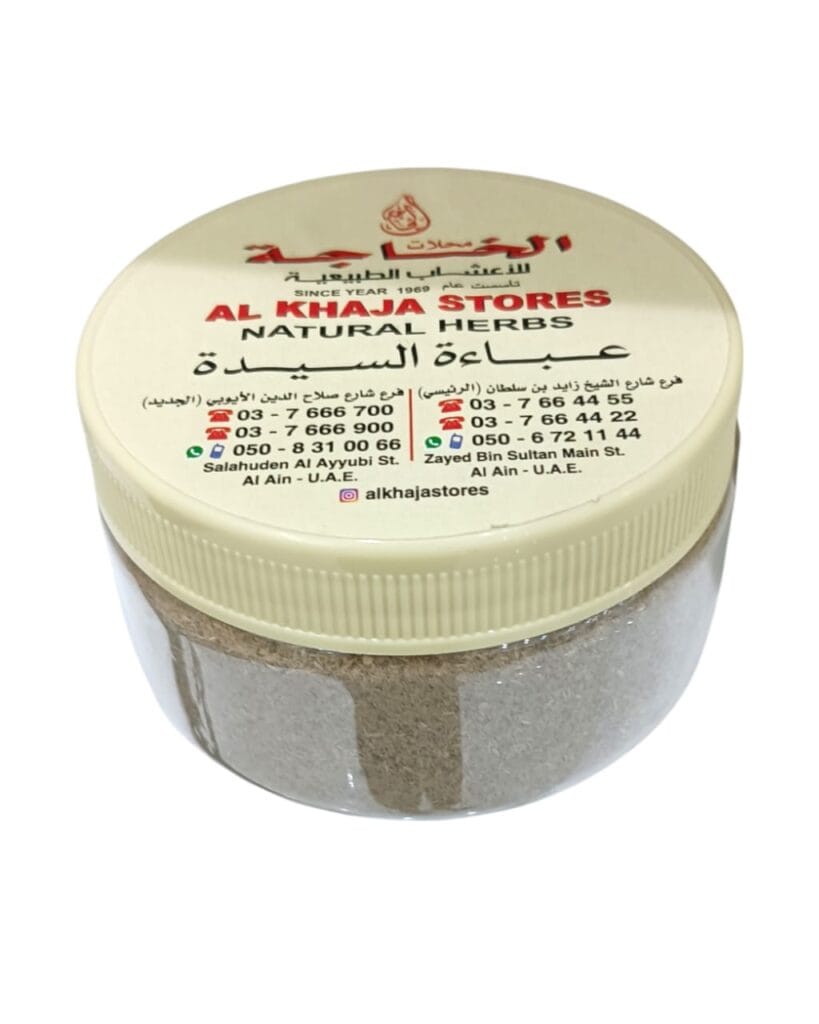

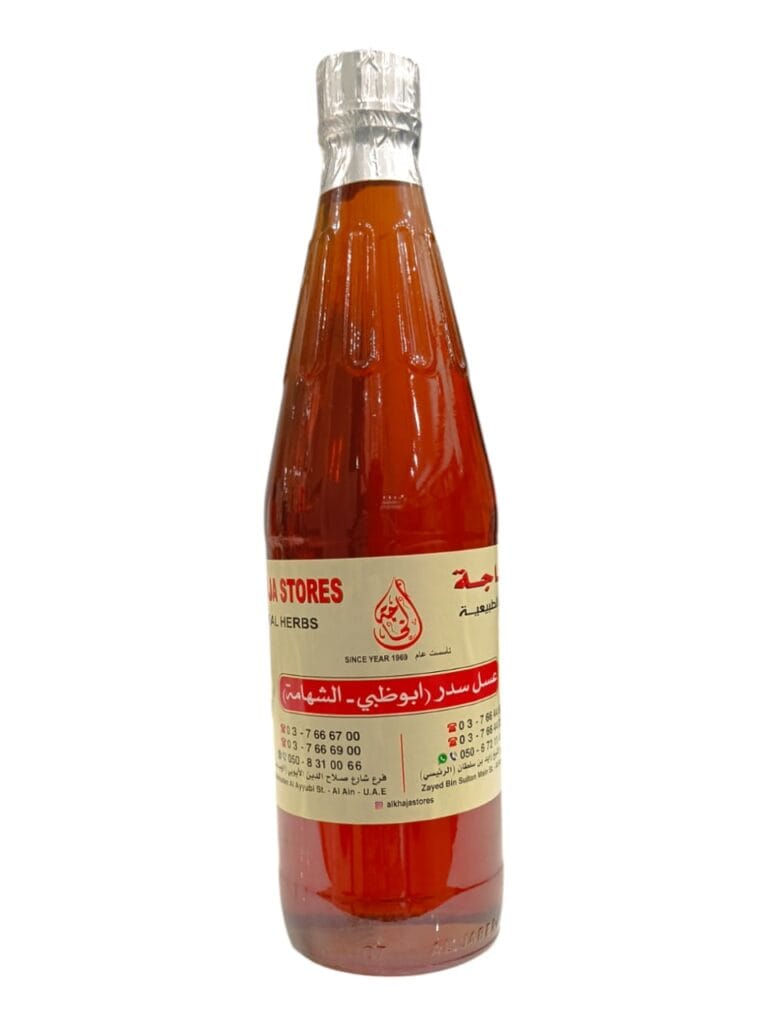
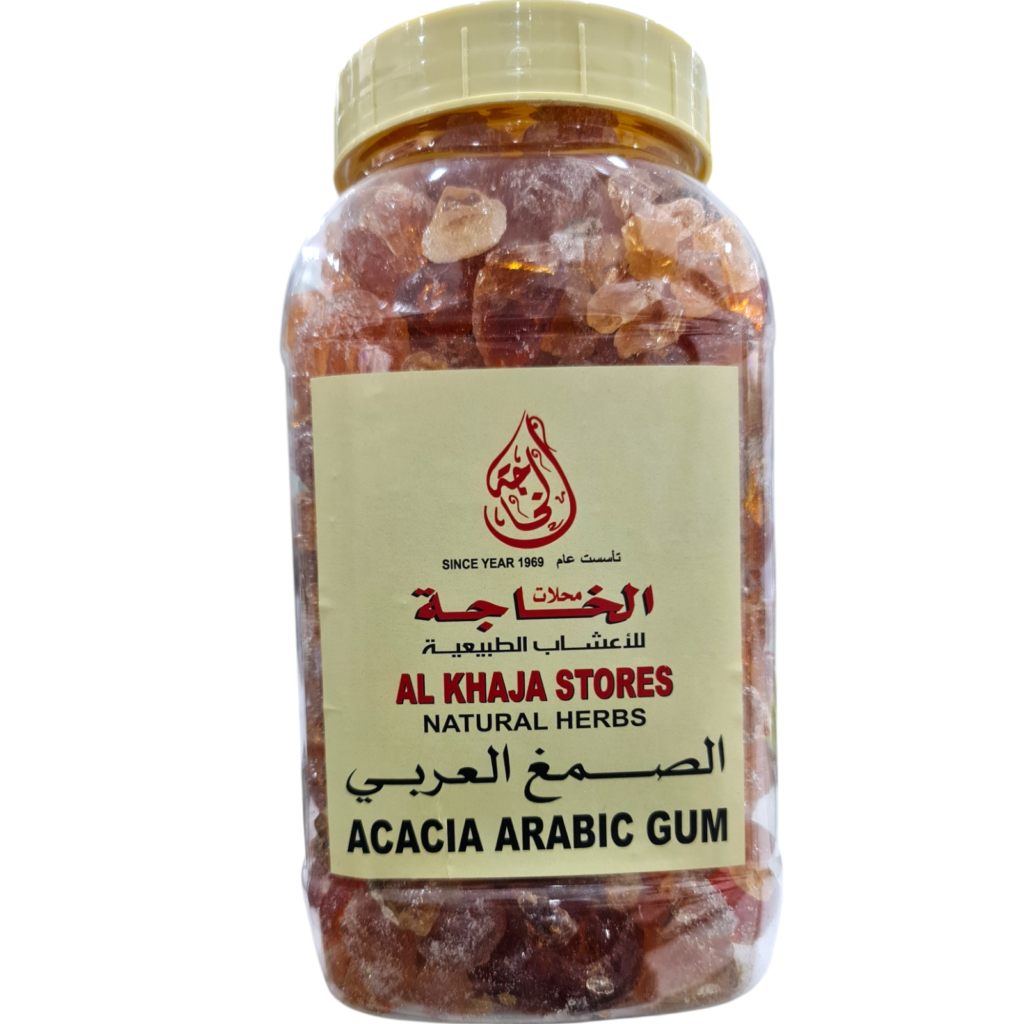
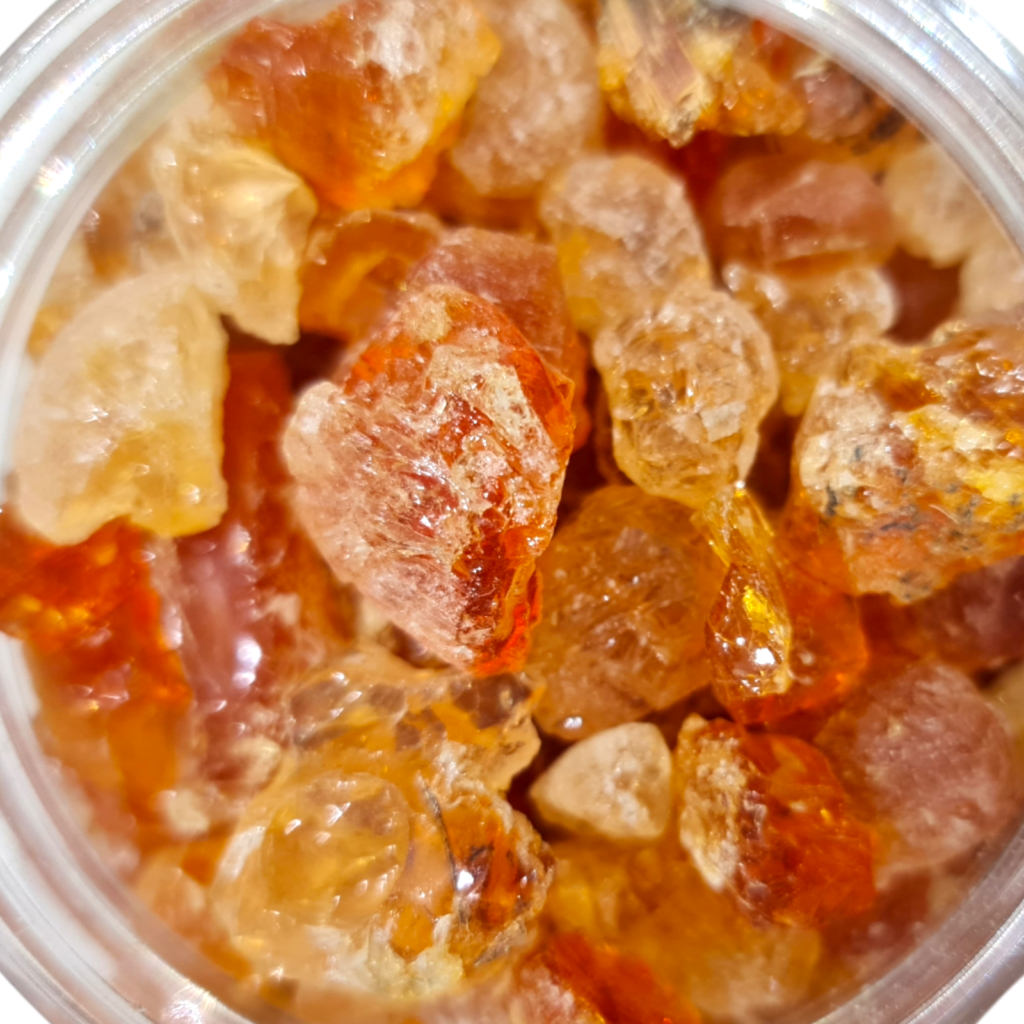
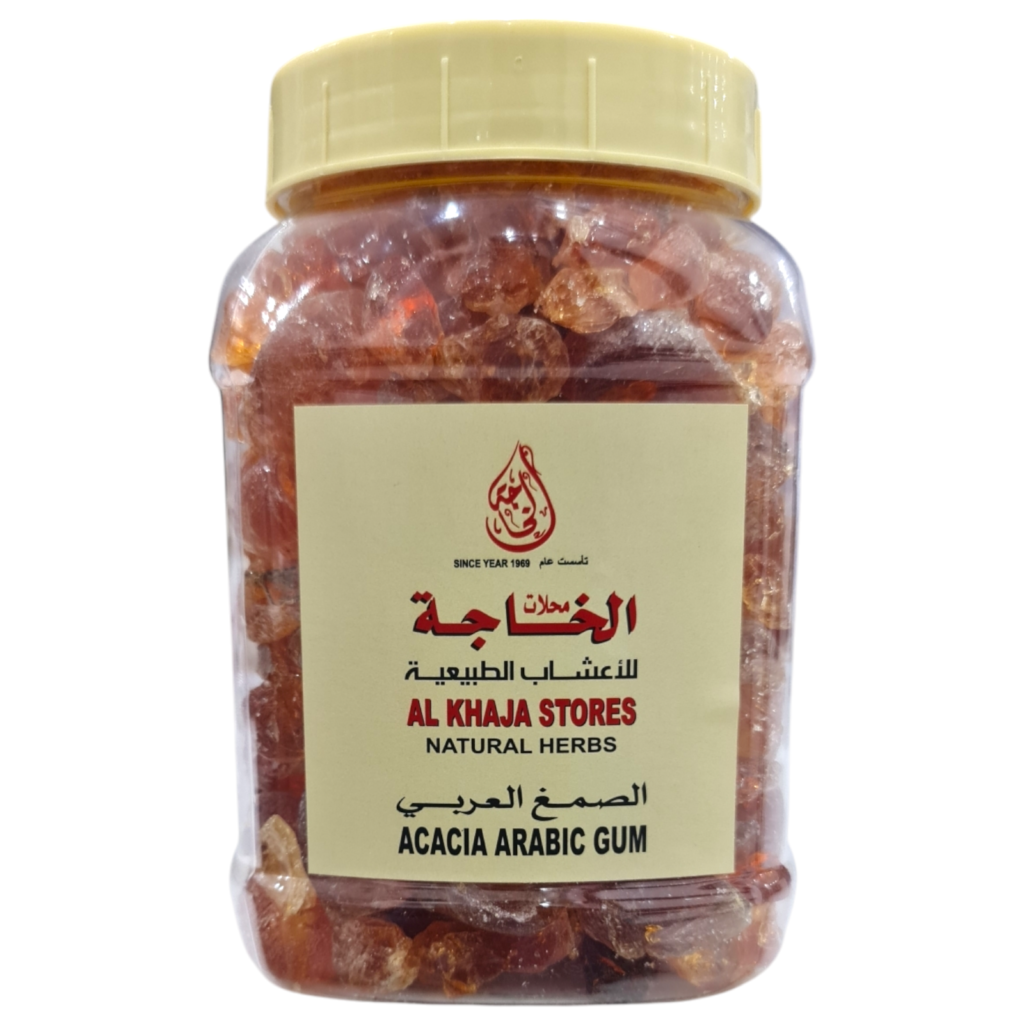




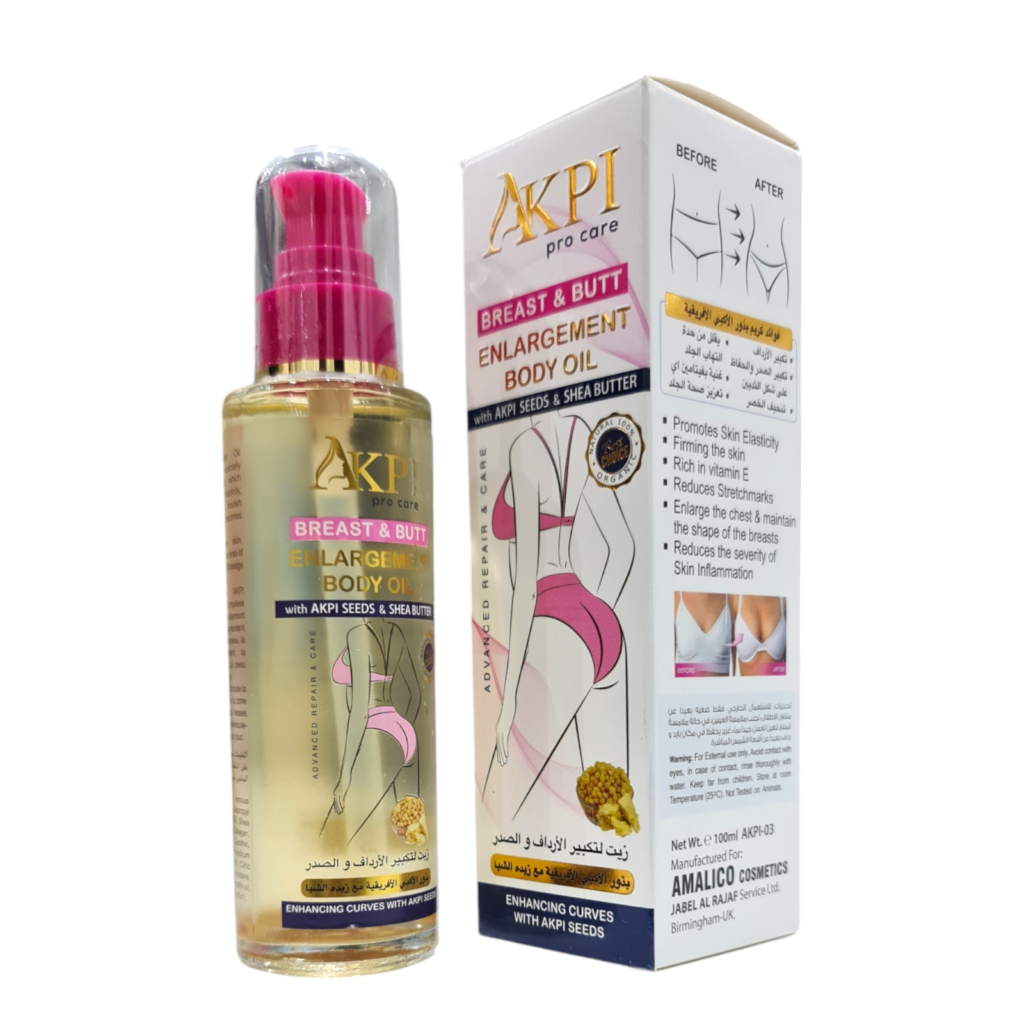

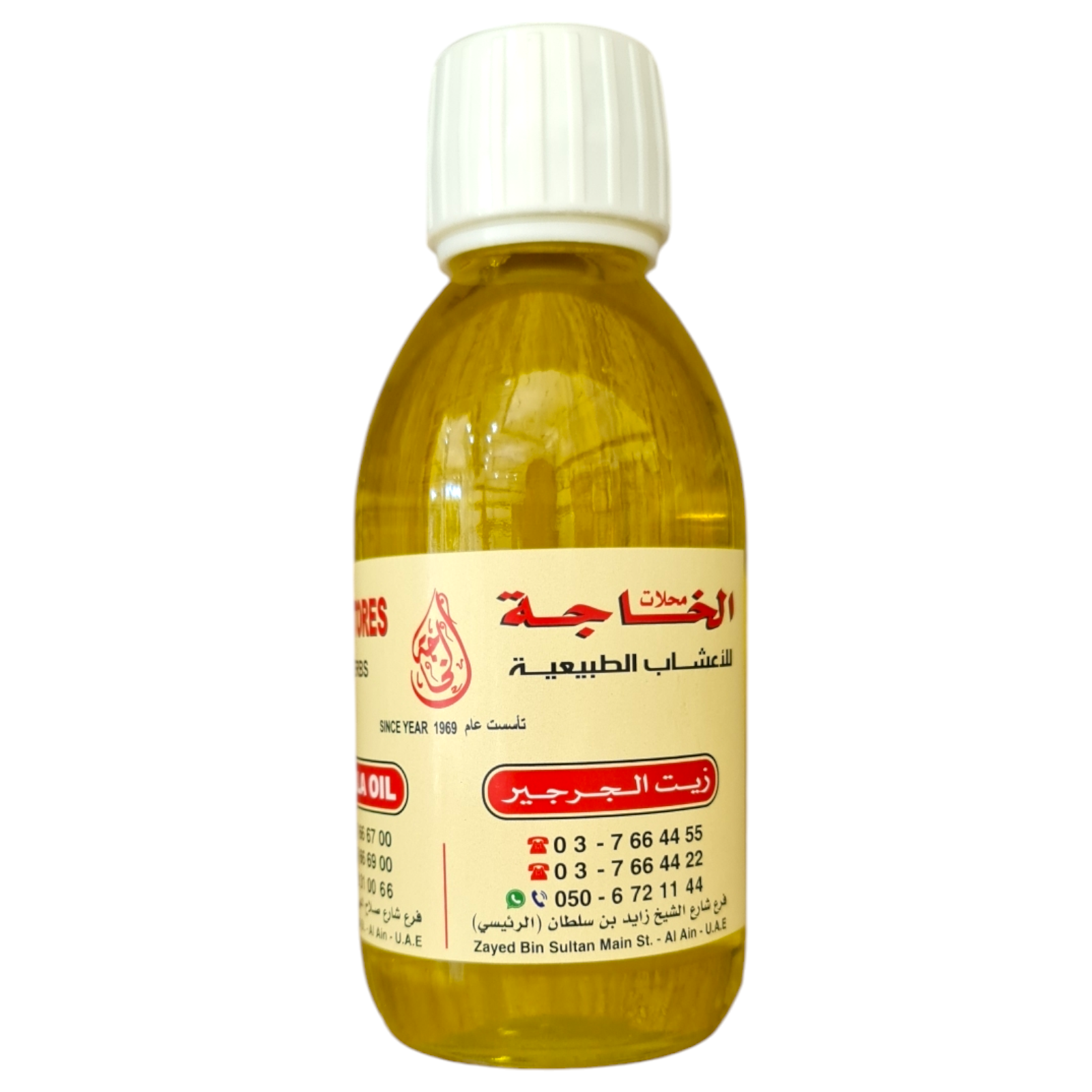

Reviews
Clear filtersThere are no reviews yet.